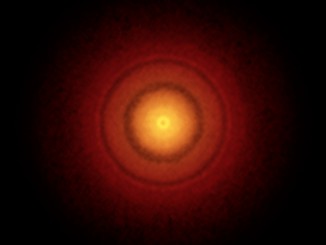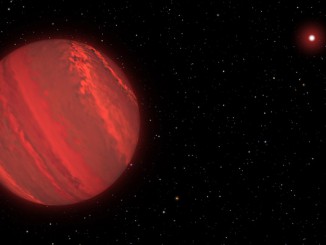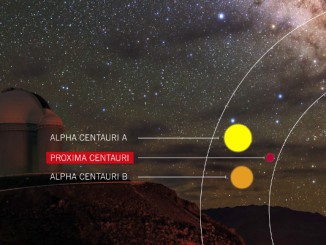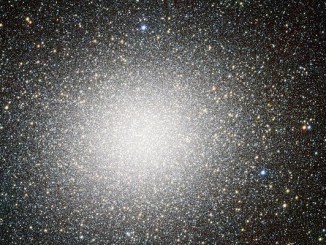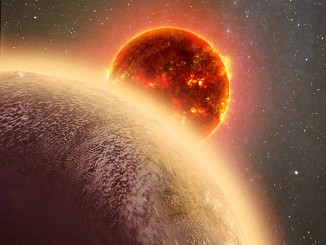
Hot super-Earth atmospheres stripped by nearby host stars
Astrophysicists at the University of Birmingham have used data from NASA’s Kepler space telescope to look at super-Earths, which are planets outside our solar system with a mass 1-10 times the mass of Earth. In particular, the researchers focused on hot super-Earths whose atmospheres have been stripped away by intense radiation from nearby host stars.


